Frequency of Flowering?
pitter_col
6 years ago
Featured Answer
Sort by:Oldest
Comments (16)
splinter1804
6 years agopitter_col
6 years agoRelated Professionals
New Bedford Landscape Architects & Landscape Designers · Prairie Ridge Landscape Architects & Landscape Designers · Brunswick Landscape Contractors · Davidson Landscape Contractors · Hilo Landscape Contractors · Kaneohe Landscape Contractors · Las Vegas Landscape Contractors · Nashua Landscape Contractors · Pine Hills Landscape Contractors · Tigard Landscape Contractors · Bethesda Fence Contractors · Torrance Fence Contractors · Manassas Siding & Exteriors · North Bellmore Siding & Exteriors · North Reading Siding & Exteriorssplinter1804
6 years agopitter_col
6 years agopitter_col
6 years agopitter_col
6 years agosplinter1804
6 years agopitter_col
6 years agosplinter1804
6 years agopitter_col
6 years agosplinter1804
6 years agopitter_col
6 years agoUser
6 years agosplinter1804
6 years agopitter_col
6 years ago
Related Stories
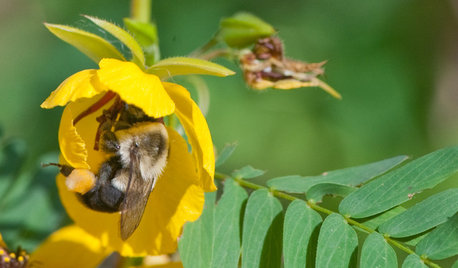
GARDENING GUIDESGreat Design Plant: Chamaecrista Fasciculata Brightens City Boulevards
Plant partridge pea in eastern U.S. gardens for its bright yellow flowers, lacy foliage and drought tolerance
Full Story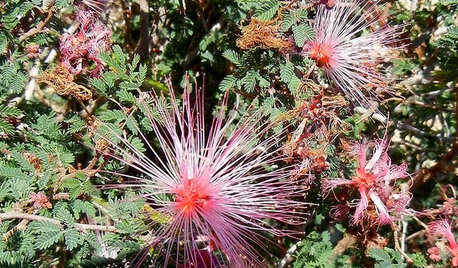
GARDENING GUIDESGreat Design Plant: Low-Maintenance Calliandra Eriophylla
Pink, puffy flowers of pink fairy duster transform the lacy foliage of this desert native in spring
Full Story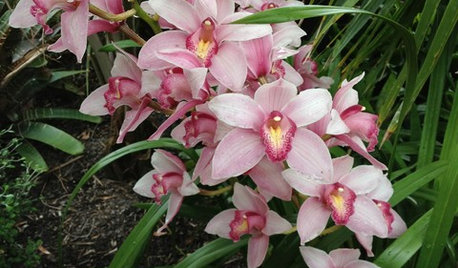
FLOWERSOrchids 101: Cymbidiums Add Beauty Indoors and Out
Their large, long-lasting flowers give them a place of honor in homes and gardens
Full Story
GARDENING GUIDESSouthern California Gardener's September Checklist
Before prime planting time, clean out the old garden, prepare for the new, and dream up ideas for fall flowers and veggies
Full Story0
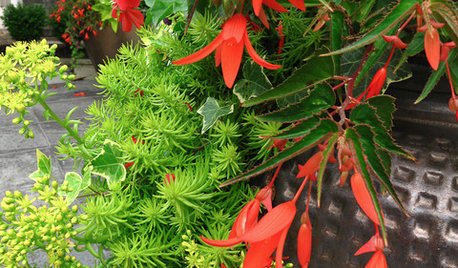
GARDENING GUIDESSuperstar Annuals for Containers and Baskets
High performing, low maintenance and all-around gorgeous, these container plants go the distance while you sit back and relax
Full Story
REMODELING GUIDES6 Ways to Create an Inviting Home Entrance
Welcome your guests with light, greenery and comfortable transition from the outdoors in
Full Story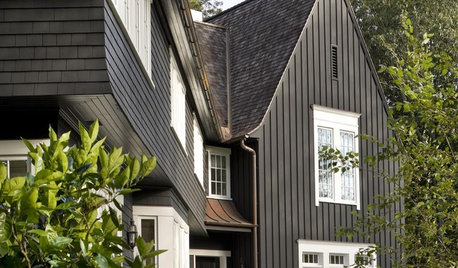
EXTERIOR COLORExterior Color of the Week: Bewitching Black
Think you’ve got what it takes to pull off this bold, trendy color choice for exteriors?
Full Story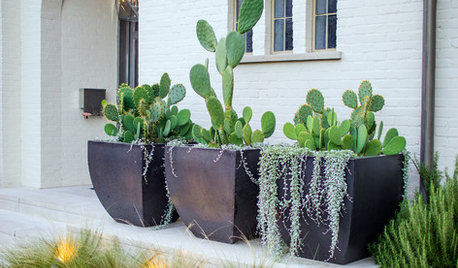
CONTAINER GARDENSCactus and Succulent Containers Are Ideal for Hot, Sunny Spots
Bring on the sun with these heat-loving succulent container gardens
Full Story
GARDENING GUIDESWhen and How to Plant a Tree, and Why You Should
Trees add beauty while benefiting the environment. Learn the right way to plant one
Full Story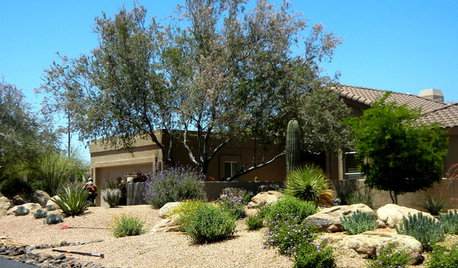
GARDENING GUIDESGreat Design Plant: Olneya Tesota Offers Desert Shade
This long-lived Southwestern native tree decorates the sky with its dusty gray-green foliage and lavender-colored blossoms
Full Story





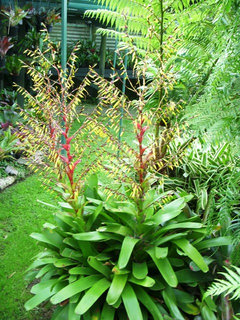

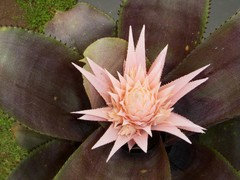

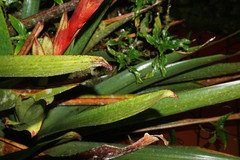

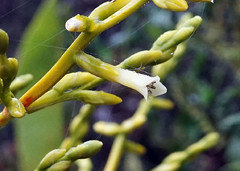

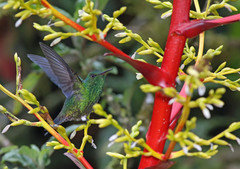
splinter1804